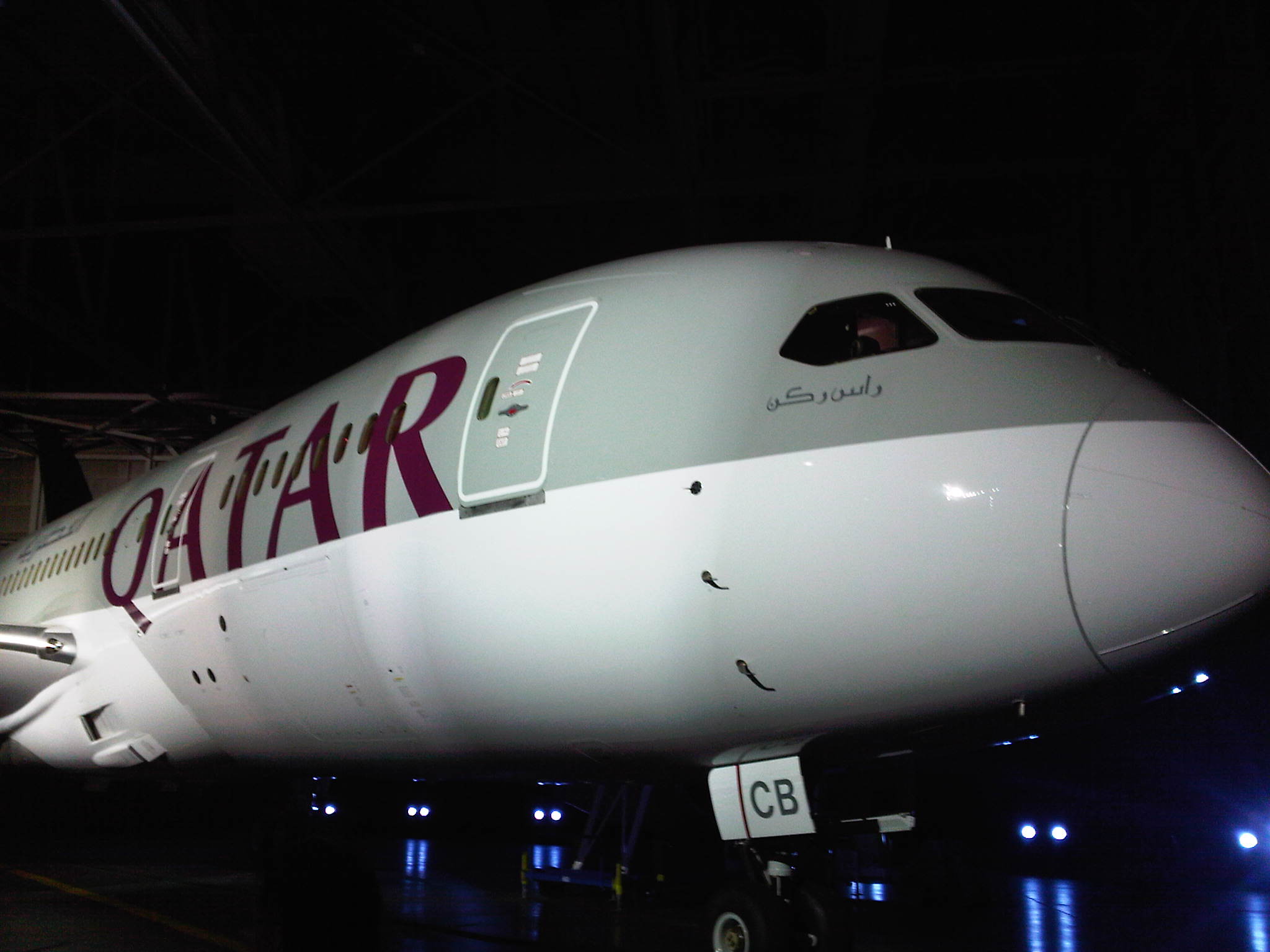Leeham News and Analysis
There's more to real news than a news release.
Very un-British report on Ryanair-AerLingus
This amused us a lot–from the free British e-newsletter from Airline Fleet Management.
Talking Point
Pesky pursuer Ryanair claims Aer Lingus is a done deal
Ah, Ryanair. It’s like the Granny no one wants a sloppy kiss from, or the colleague no one wants to sit next to at the Christmas dinner. In fact, many of its hardened customers don’t really like it that much. Bottom of the friends list though is Aer Lingus.
To Aer Lingus, Ryanair is a sleazy old man with relentless ambition and bad intentions. Despite continuous rebuttals, it keeps trying to woo, or win Aer Lingus by force.
Ryanair now says it is “confident” that its €700m takeover bid for Aer Lingus will gain approval from the European Commission, despite the regulator recently sending the airline a list of objections based on rules governing competition.
The carrier said it has devised a number of remedies, including: “new airline bases in Dublin, new entrant competitors on over 40 routes to/from Dublin, Cork and Shannon, as well as specific competition solutions that guarantee increased price competition”.
It has until December 31 to finalise these plans before the watchdog makes its final decision.
Ryanair already owns 30 per cent of Aer Lingus and has had two failed attempts at a takeover. In 2007, the Commission turned down a bid for completion issues and in 2009, Ryanair dropped its second bid.
Poor Aer Lingus, when is it going to convince Ryanair that ‘no means no’?
Mary-Anne Baldwin, Editor, Airline Fleet Management
EU caves on ETS, for now–but says it didn’t really cave
The European Union caved in on implementing the carbon trading scheme known as ETS that would have taxed international airlines flying into Europe.
The EU claimed it didn’t really cave to international pressure (Financial Times, free registration required) but clearly it did. China was the first country to tell its airlines not to pay. This was followed by counties in the Middle East, India and the US Senate. But we’re going to give credit to China, not only as the leader but a country which adeptly uses its strength in ordering-or not-aircraft from Airbus or Boeing as political tools.
China put on hold ordering $14bn worth of Airbuses, notably 35 A330s. Airbus froze production rates pending this order–which means a loss of jobs.
As countries protesting the unilateral ETS scheme noted, such taxation should come from international agreements through the airline organization ICAO.
What is so annoying about the ETS scheme is that the taxes would go into the countries’ general fund and not be applied to environmental improvements.
Airbus, Boeing under price pressure
The Wall Street Journal has two articles about Airbus and Boeing being under price pressure. There is a third article by the WSJ about Airbus wanting its suppliers to consolidate.
The two companies have accused each other of engaging in a price was in the single-aisle category. Airbus also is dropping prices on the A330 vis-a-vis the 787, as we reported following an Airbus presentation last May at its Innovation Days in which it illustrated a $900,000 lease rate for the A330-300 vs a $1.2m rate for the 787-9. The A330 had a slightly higher list price than the 787-9 and the time (Boeing since has raised its list price and is now higher).
EADS announces earnings: depressed by A380 wing costs, a US customer Ch 11 and political issues
Not a good day for EADS and Airbus:
Reuters: Spat with Germany affects cash position
BBC: Hawker Beechcraft bankruptcy costs Airbus
Washington Post: A380 wing fix costs EADS; A350 program “challenging”
To the next President and next Congress: Maybe Sequestration should happen after all for the long-term good
As voters go to the polls today, we’ve turned our thoughts to Sequestration and the impact on Defense budgets.
Defense sequestration is widely view as a disaster for national defense and for employment. Sequestration requires a cut of $500bn over 10 years, or $50bn a year. Spending for FY2013 is $902.3bn, according to government figures, excluding the Afghan war. A $50bn cut would be 5.5%.
We certainly acknowledge the adverse impact of cutting $50bn from next year’s budget, but we can’t help but wonder if there isn’t 5% that is “fat.” Parochially, Boeing’s KC-46A tanker is on the hit list for cuts. Given the difficulty it took in getting to this contract and the pressing need to replace the KC-135, we would hope this program would survive.
But we’re thinking on a higher plain.


